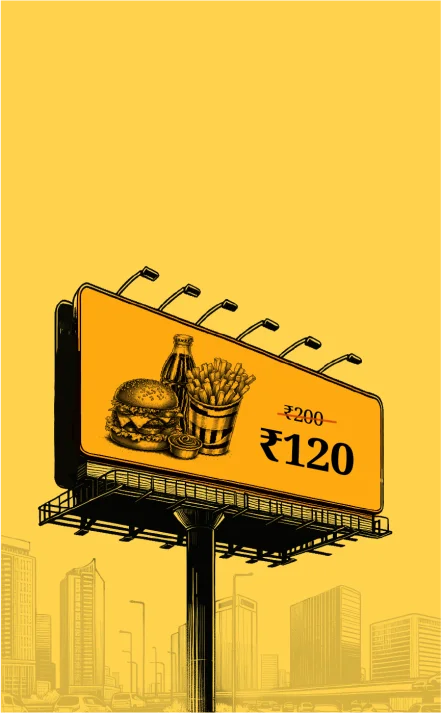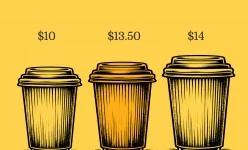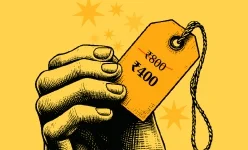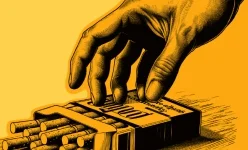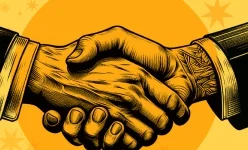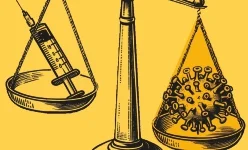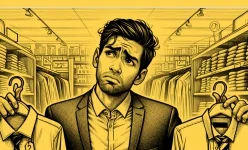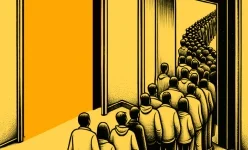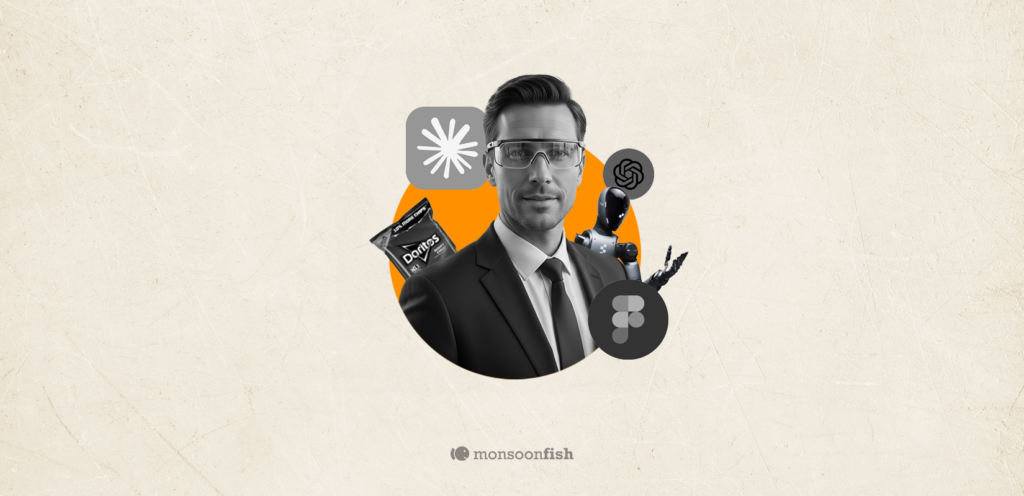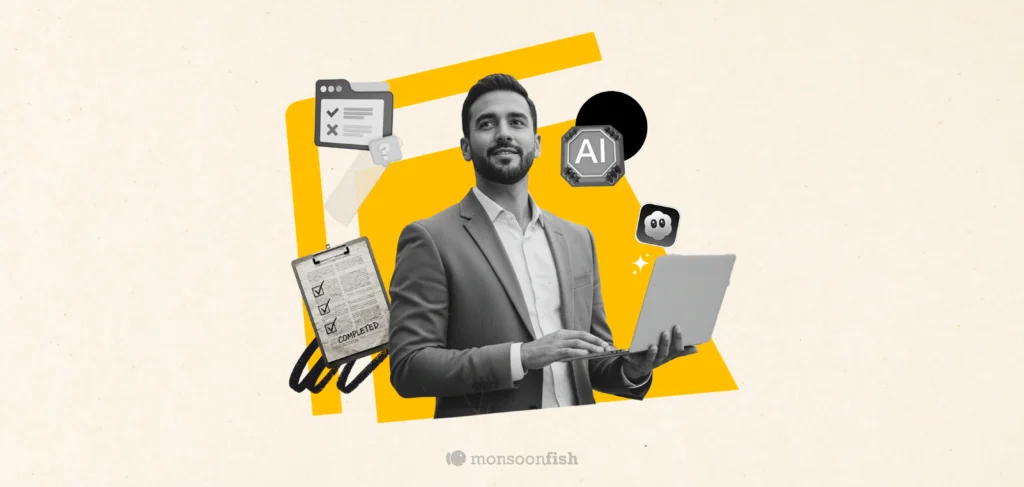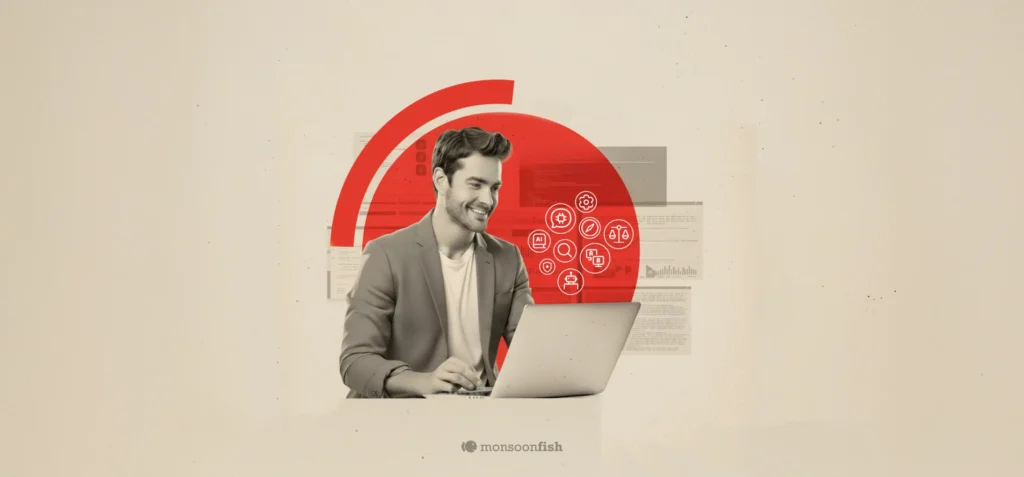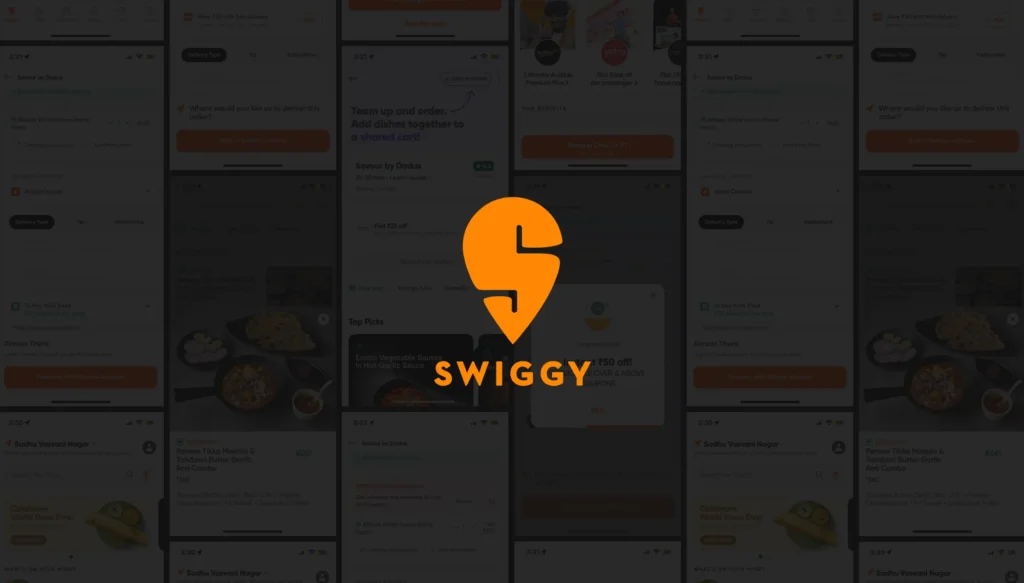Bundling Bias
The tendency of buying things that are sold together, even if we don’t need everything in the bundle. Think of this as the “package deal effect.”
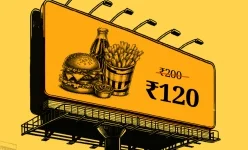
Bundling Bias
Mira had been dreaming of a vacation for months. When she finally started looking at resorts, she was drawn to an all-inclusive package that offered a luxurious stay, unlimited gourmet meals, spa treatments, guided tours, and adventure activities. The price seemed high, but when she calculated the cost of each individual service, the package looked like a steal.
She booked it immediately, excited by the idea of experiencing everything the resort had to offer. However, once she arrived, reality set in. She wasn’t much of a thrill-seeker, so the adventure activities went unused. She preferred exploring local cuisine, making the unlimited resort meals less appealing. The guided tours clashed with her desire to relax, and by the end of the trip, she realized she had paid for far more than she actually used.
Mira had bought things in a package deal because they seemed like a bargain, even if she didn’t use everything included.
Bundles create an illusion of savings. Even when people don’t need everything in the package, they justify the purchase because the perceived value is higher than buying individual items separately. Businesses use this strategy to encourage spending, making consumers believe they’re getting more for less.
From vacation packages to software subscriptions, many people pay for extras they don’t use. Recognizing this bias can help make more intentional spending decisions. Instead of opting for the biggest deal, it’s worth considering whether each component truly adds value.
Contents
CATEGORIES
